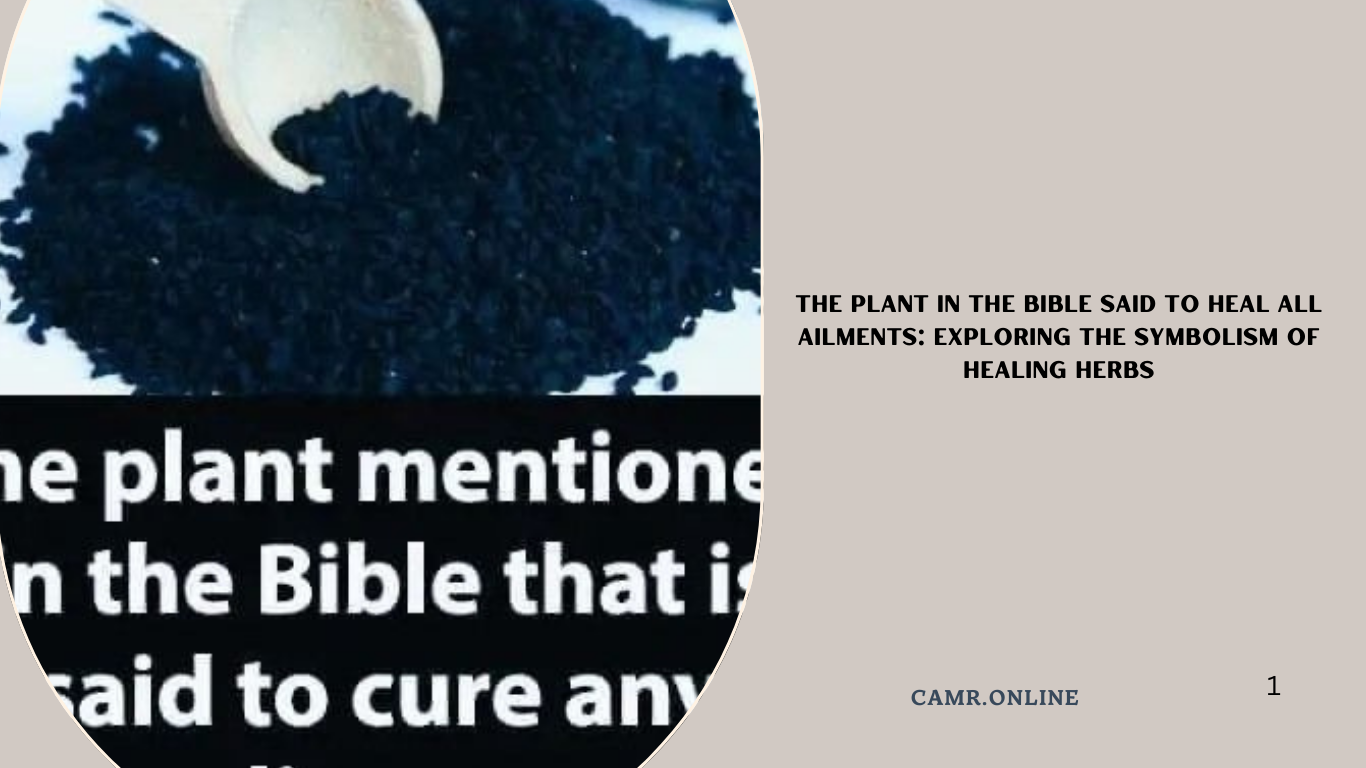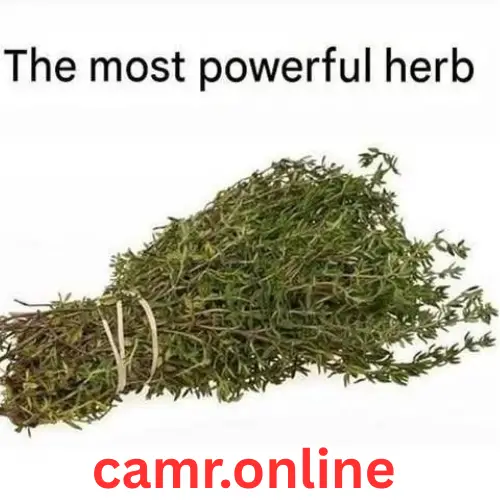Throughout history, plants have played a significant role in both spiritual and medicinal practices. In the Bible, certain plants are mentioned for their healing properties or symbolic meanings. While no single plant is explicitly described as curing “all ailments,” several herbs and trees hold deep significance in biblical texts and are associated with healing, restoration, and divine provision.
In this article, we’ll explore some of these plants, their biblical references, and their traditional uses in healing. We’ll also delve into the broader concept of healing in the Bible and how it connects to faith, nature, and God’s provision.
The Tree of Life: A Symbol of Eternal Healing
One of the most prominent symbols of healing in the Bible is the Tree of Life , which appears in both the Book of Genesis and the Book of Revelation.
- Genesis 2:9 : “And out of the ground the Lord God made every tree grow that is pleasant to the sight and good for food. The tree of life was also in the midst of the garden…”
- Revelation 22:2 : “On either side of the river was the tree of life, bearing twelve kinds of fruit, yielding its fruit every month; and the leaves of the tree were for the healing of the nations.”
While the Tree of Life isn’t a specific plant used for physical healing, it represents eternal life, spiritual renewal, and the ultimate source of all healing. Its leaves are said to heal the nations, symbolizing God’s restorative power over humanity.
Frankincense and Myrrh: Ancient Medicinal Plants
Frankincense and myrrh are two plants frequently mentioned in the Bible, particularly in the story of Jesus’ birth (Matthew 2:11). Both have been used since ancient times for their aromatic and medicinal properties.
- Frankincense : Known for its anti-inflammatory and antiseptic qualities, frankincense was highly valued in biblical times. It was often burned as incense during worship and used in ointments for skin conditions and wounds.
- Myrrh : Renowned for its analgesic (pain-relieving) and antifungal properties, myrrh was commonly used in embalming, perfumes, and healing salves. In the Bible, it symbolizes suffering, sacrifice, and healing.
Together, frankincense and myrrh represent not only physical healing but also spiritual purification and devotion.
Hyssop: A Cleansing Herb
Hyssop is another plant mentioned in the Bible, known for its cleansing and purifying qualities.
- Psalm 51:7 : “Purge me with hyssop, and I shall be clean; wash me, and I shall be whiter than snow.”
In biblical times, hyssop was used in rituals to cleanse people and objects from impurity. It was also tied to Passover traditions, where it was dipped in blood to mark the doorposts of Hebrew homes (Exodus 12:22). Today, hyssop is recognized for its medicinal properties, including its ability to aid respiratory health and reduce inflammation.
Aloe: An Ancient Remedy
Aloe vera is referenced indirectly in the Bible through its association with healing and burial practices.
- John 19:39 : “Nicodemus, who had first come to Jesus by night, also came, bringing a mixture of myrrh and aloes, about seventy-five pounds altogether.”
Aloe was traditionally used to soothe burns, cuts, and other skin irritations. Its inclusion in the preparation of Jesus’ body highlights its value as a healing agent even in death.
Balm of Gilead: A Soothing Balm
The Balm of Gilead is often cited in the Bible as a powerful healing agent.
- Jeremiah 8:22 : “Is there no balm in Gilead? Is there no physician there? Why then has not the health of the daughter of my people been restored?”
This fragrant resin, derived from a shrub native to the Middle East, was prized for its therapeutic properties. It was used to treat wounds, infections, and various ailments. Beyond its physical benefits, the Balm of Gilead serves as a metaphor for God’s healing grace and mercy.
Olive Oil: A Universal Healer
Olive oil is one of the most versatile and widely used substances in the Bible, praised for its nutritional, medicinal, and symbolic significance.
- Luke 10:34 : “He went to him and bandaged his wounds, pouring on oil and wine.”
Olive oil was applied topically to heal wounds, moisturize skin, and alleviate pain. Internally, it was consumed for its nourishing qualities. Spiritually, olive oil symbolizes anointing, blessing, and divine favor.
Herbs and Spices: Nature’s Pharmacy
The Bible mentions numerous herbs and spices that were valued for their healing properties:
- Mint, Dill, and Cumin (Matthew 23:23): These herbs were tithed by the Pharisees and likely used in culinary and medicinal contexts.
- Cinnamon and Cassia (Exodus 30:23–24): These fragrant spices were ingredients in holy anointing oils and may have been used medicinally.
- Rose of Sharon (Song of Solomon 2:1): Though primarily symbolic, this flower represents beauty and vitality.
The Concept of Healing in the Bible
Beyond specific plants, the Bible emphasizes that true healing comes from God. Physical ailments are often seen as opportunities for spiritual growth, and healing is viewed as an act of divine intervention.
- James 5:14–15 : “Is anyone among you sick? Let him call for the elders of the church, and let them pray over him, anointing him with oil in the name of the Lord. And the prayer of faith will save the one who is sick, and the Lord will raise him up.”
This passage underscores the importance of faith, prayer, and community support in the healing process.
Conclusion
While no single plant in the Bible is explicitly described as curing all ailments, many herbs, trees, and oils are celebrated for their healing properties and symbolic meanings. From the Tree of Life to frankincense, myrrh, and aloe, these natural remedies reflect the interconnectedness of faith, nature, and God’s provision.
By exploring these biblical plants, we gain insight into the ancient world’s understanding of medicine and spirituality. Whether through literal application or symbolic interpretation, these plants remind us of the profound healing power available through faith and trust in God.
So next time you encounter these plants in scripture, remember their rich history and the hope they offer—for body, mind, and soul.







